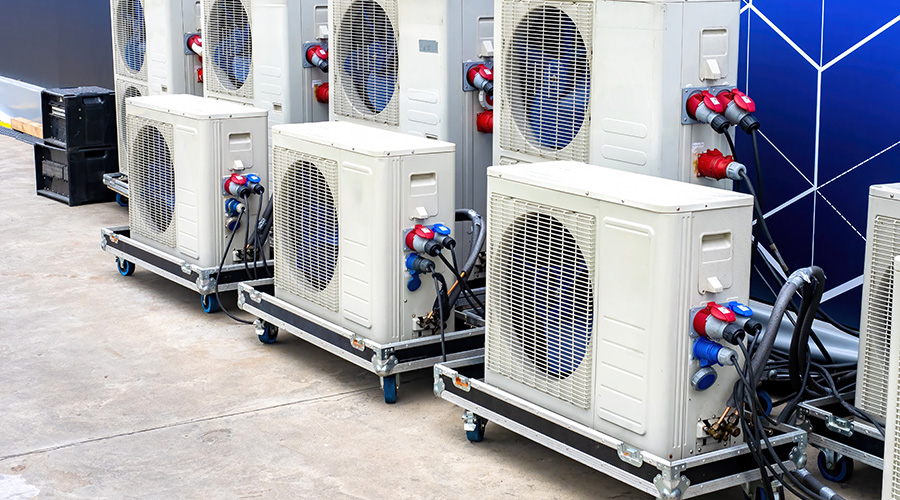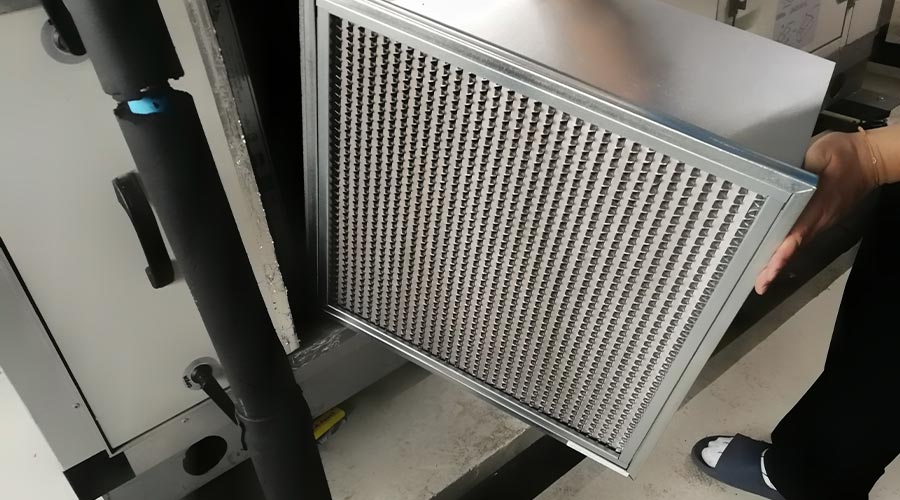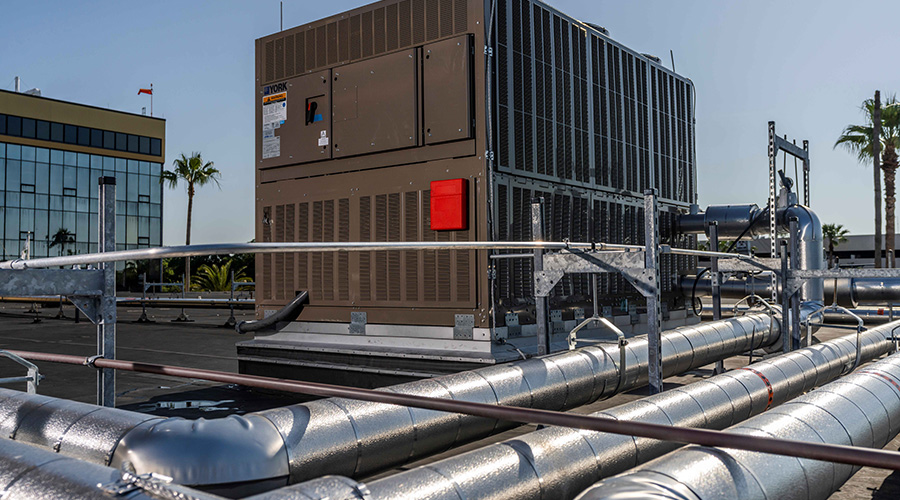What are the Typical Pumping System Control Methods?
Understanding the pumping system’s control method is essential to enhance efficiency, especially with dynamic systems or those that do not operate at steady-state conditions. Typical control methods include:
• Always on, in which the pump motor never turns off
• Time clock, in which a computer turns the pump on and off at predetermined times
• Pressure or flow sensor feedback, in which a computer monitors a pressure sensor or flow sensor and compares the sensor value with the desired computer value, adjusting pump speed for the desired condition. A variable-frequency drive (VFD) controls the pump motor using its own internal control to provide the desired speed.
Control can fall to an operator, who uses a manual switch to turn the pump on and off.
While some systems with multiple pumps only use one pump during operation, other systems alternate among several pumps. This pump-control scheme alternates pump operation to balance the total run-time on the equipment. The goal of this strategy is to minimize maintenance.
Related Topics:














